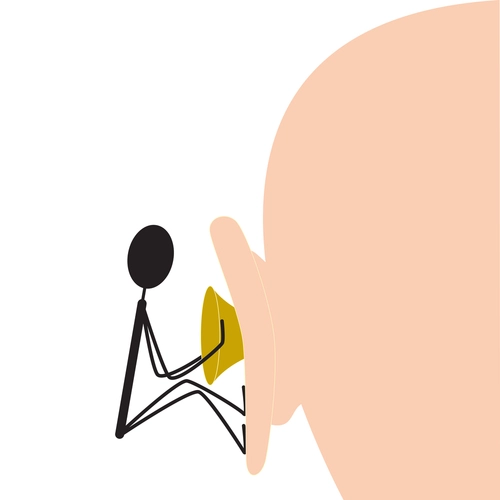CMS Takes Bilateral Billing Denials up A Notch
Multiple line items could be the death knell to your claims.
If you’re reporting your bilateral service claims on two different line items, you’re about to face a stack of denials. That was the word from CMS reps during the agency’s “Medically Unlikely Edits and Bilateral Procedures” podcast on May 21.
Medicare claims processors are on the lookout for practices that report their bilateral services incorrectly, and the latest batch of medically unlikely edits (MUEs) will solidify the fact that if you don’t bill it properly the first time, you’ll be spending hours appealing.
Use One Line, One Unit of Service
Part B practices typically employ one of the following three common scenarios when reporting a bilateral procedure, reps said during the podcast:
If you’re billing your bilateral procedures using the first option, you’re doing it properly, CMS reps said during the podcast. “For Medicare claims, when reporting bilateral surgical procedures using codes where the term ‘bilateral’ is not included in the descriptor, both the Medicare Claims Processing Manual and the NCCI manual state that these bilateral procedures should be reported using a single unit of service and the 50 modifier,” the speaker confirmed.
MUEs Confirm You’re Coding Properly
Although CMS has long advised coding bilateral services this way, the agency took the extra step of adding medically unlikely edits (MUEs) to make sure you’re coding properly. However, some practices found ways around that as well.
“At the recommendation of the OIG, CMS examined its claims data related to MUE levels and has confirmed a pattern of inappropriate billing using multiple lines to bypass the MUEs,” the CMS rep said on the podcast. “Agreeing with the OIG that this practice overcharges both beneficiaries and the Medicare program, CMS is converting most MUEs into per-day edits.”
What this means: Many procedure codes that CMS formerly counted on practices to bill properly when performed bilaterally are now only billable once a day. Therefore, the only way to reflect a bilateral procedure and actually get paid for it is to bill one unit of the service with modifier 50 appended. Any additional units of service will get denied.
The per-day MUEs have a MUE Adjudication Indicator (MAI) on them to show the type of edit and the reason. “An MAI of 3, the most common per day edit, shows an edit where the MUE is based on clinical information such as billing patterns, prescribing instructions or other information,” CMS officers said on the podcast.
Example: According to the CMS’s Medically Unlikely Edit table effective July 1, 2015, code 67028 (Intravitreal injection of a pharmacologic agent [separate procedure]), as used in the examples above, can only be billed once per date of service, and the MAI for the code is “3.”
MAI of ‘2:’ If a procedure is listed in the MUE table with an MAI of 2, “the MUE is based on regulation or policy, including the instruction that is characteristic in the code descriptor or its applicable anatomy,” CMS reps noted on the podcast.
Example: Code 27054 (Arthrotomy with synovectomy, hip joint) has an MAI of “2,” which makes sense since this could not be performed anywhere else on the body besides the hip. If you replace both hips, you’d report 27054-50 rather than billing more than one unit of service.
Appeal if Necessary
If your claims are denied due to these MUEs and you realize too late that you reported multiple units of service rather than just one line item, you can ask for the claim to be reopened, the Medicare rep noted. “For all MUE edit denials, including both MAI of 2 and 3, if you identify a clerical error and the correct value is equal to or less than the MUE, you may request a reopening to your claim.”
If you think you made no errors at all and your MAC still denied your subsequent units of service, “The provider should submit a clearly supported appeal,” the claims reps advised during the podcast.
Resource: To download the entire MUE table, visit www.cms.gov/Medicare/Coding/NationalCorrectCodInitEd/MUE.html.




